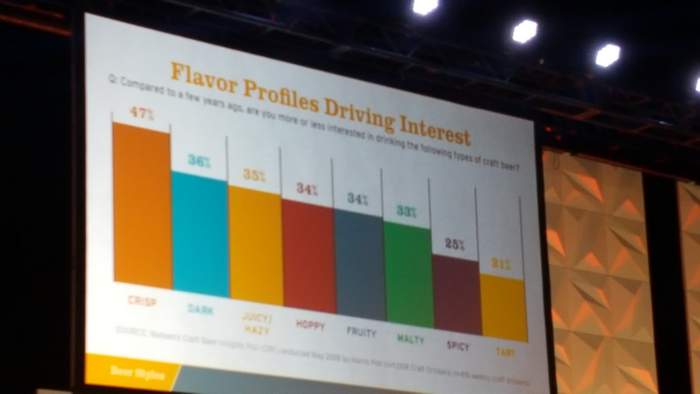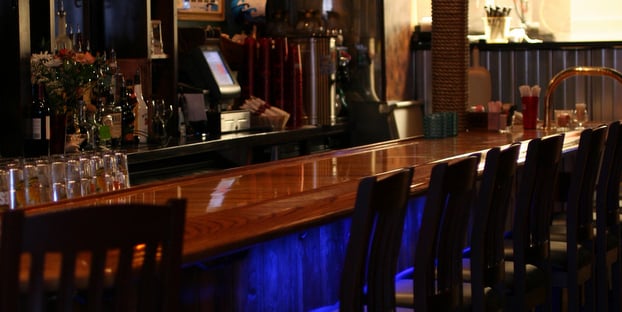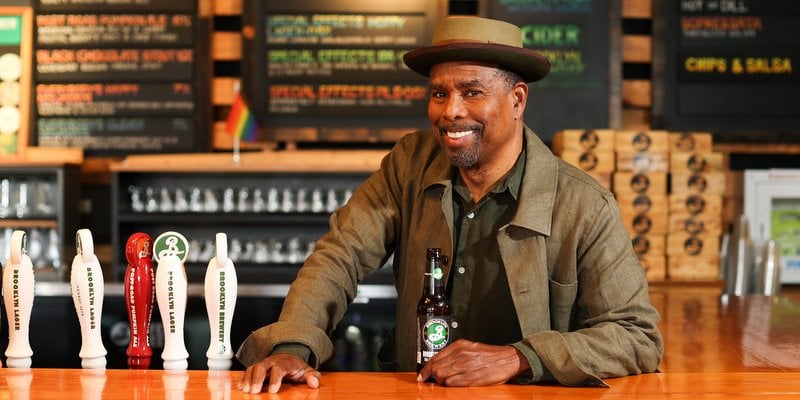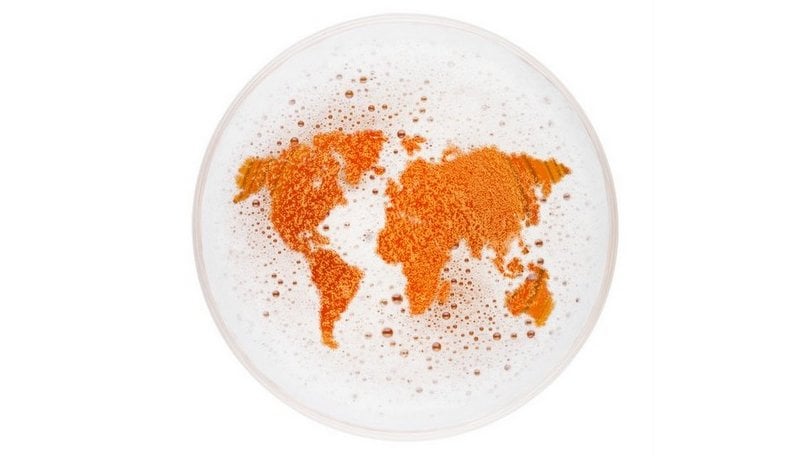
Stop me if you’ve heard this before: Overall beer is in decline, but craft continues to grow, although at a slower rate than in previous years (from 12 percent in 2015 to 6 percent in 2016, to 4 percent and now 4 percent again in 2018). As a part of that overall beer volume pie, breweries that fit the craft beer definition of the Brewers Association take up a 13 percent of the overall market (and 24 percent of the dollar share).
None of that is new information, and frankly, craft breweries shouldn’t put too much stock in the overall craft beer market share number. Those are Big Beer worries, and it is fairly ineffective for measuring the health and opportunities within the craft beer business model. The vast majority of the now 7,000+ craft beer businesses in the United States are essentially rounding errors within that grand scheme. Isn’t craft beer success best measured by how much that homogeneous overall number splinters into thousands of new, unique pieces?
A more granular look into that 13 percent during the 2019 State of the Industry presentation at the Craft Brewers Conference and BrewEXPO America provided much more insight into what is working in craft beer, what’s not working in overall beer and what all of this could mean for future success. Here are the highlights.
Small and mighty
219 breweries closed in 2018, but there were also 1,049 openings. Over the last three years, 3,194 breweries opened, while only 416 closed. That’s a 3 percent closing rate, which completely destroys the Bureau of Labor Statistics’ average finding that half of all small businesses close within six years.
Suggestion: Attend CBB‘s free webinar — Bottling Your Brand: What Craft Brewers Need to Know about Trademark Protection by clicking right here.
But before we pop the cork on too many barrel-aged sours in celebration, remember that the median age of all the craft breweries that exist right now is less than three years, and a ton of the industry’s growth is tied to those 3,194 breweries that are three years old or younger. The breweries that launched from 2015–2018 grew by 872,000 bbls in 2018, which is an increase of 53.2 percent. Breweries that launched in 2014 or earlier only showed a total bbl increase of 105,000, or .5 percent.
Could there be a Book of Revelations-style reckoning of closings coming within the next three years — a regression to the Bureau of Labors Statistic’s average? Maybe. But a further dive into the data shows some paths to future success (or at least maintaining comfort and stability).
Own your block, not the shelf
Taproom sales continue to kill it, growing by 400,000 bbls to 3.1 million bbls in 2018. This is reflected in the brewery opening data too, in which microbreweries showed 16 percent growth, brewpubs grew by 13 percent and the new taproom brewery designation the Brewers Association is carving out showed 40.2 percent growth (albeit with an incomplete sample being so new). That last number is 809,000 bbls right now and 24 percent of total craft beer growth. I may have heard this wrong, but Watson indicated that 15 percent of all the draft beer sold right now is coming direct from brewpubs and taprooms. That is wild.
Regional breweries, on the other hand, showed no growth in 2018. The distribution model right now is stalled out and given that flat-lined interest in overall beer sales, it might stay that way.
Think outside of beer
This is where that stalled beer growth number is important to remember. If you’re totally committed to strong views about what’s “beer” and what’s “not beer,” and you limit your product mix to reflect that, then hopefully you are also committed to your current level of business because consumer drinking trends are not in your favor.

To help encourage a different way to think about your product mix, Watson showed consumer interest in flavor profiles versus scan data of rigid beer styles. So, instead of thinking “we need another IPA,” or “we don’t brew lagers,” develop beers in any style that are simply “crisp” or “hoppy.” This might more accurately produce a brand that potential new craft beer customers want.
Bart Watson framed the opportunity this way:
“If we can get 1 million new craft drinkers to drink 1 pint a week, that’s 200,000 incremental barrels. Five million new drinkers is 1 million bbls. For there to be enough new growth for everyone in this room to succeed, we’re going to have to widen our view and not think about the 13 percent but the other 87 percent that’s out there to capture.”
Bottom line from the 2019 CBC
Craft beer sales are at yet another all-time high, and while the growth of that number in total might be stalling, the number of businesses succeeding continues to boggle the mind and defy traditional success rates. Most craft breweries are still a small part of the overall market share stat, but the taproom-focused small brewery business model might be a more stable pathway for sustaining and measuring industry success.
The Craft Brewers Conference and BrewEXPO America is the biggest event of the year for the craft beer industry. There’s a lot to see and do, and to help you navigate it all, we present this #CBC2019 preview series. The 2019 BrewEXPO takes place at the Denver Convention Center from April 8 to 11.





Leave a Reply
You must be logged in to post a comment.